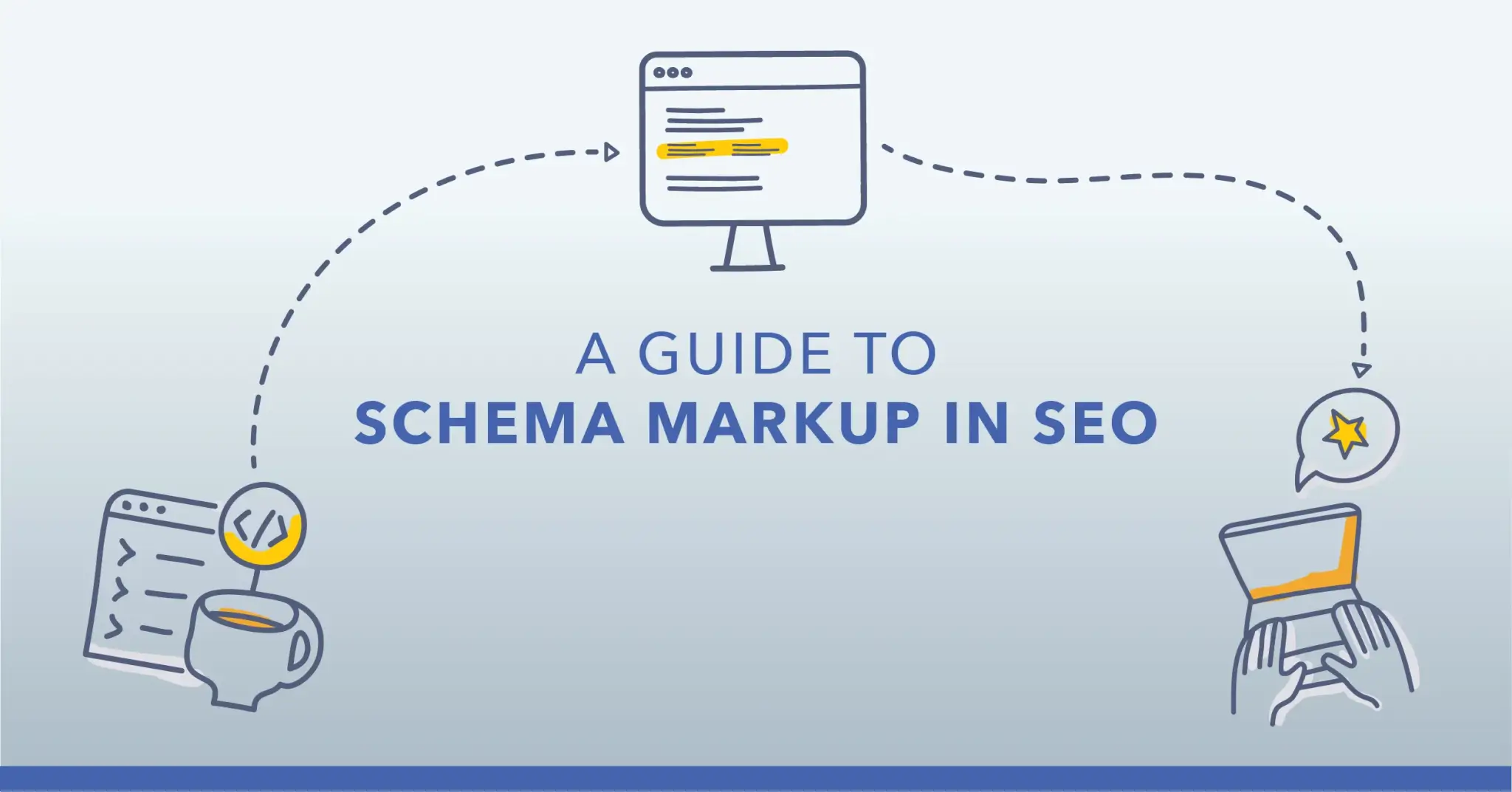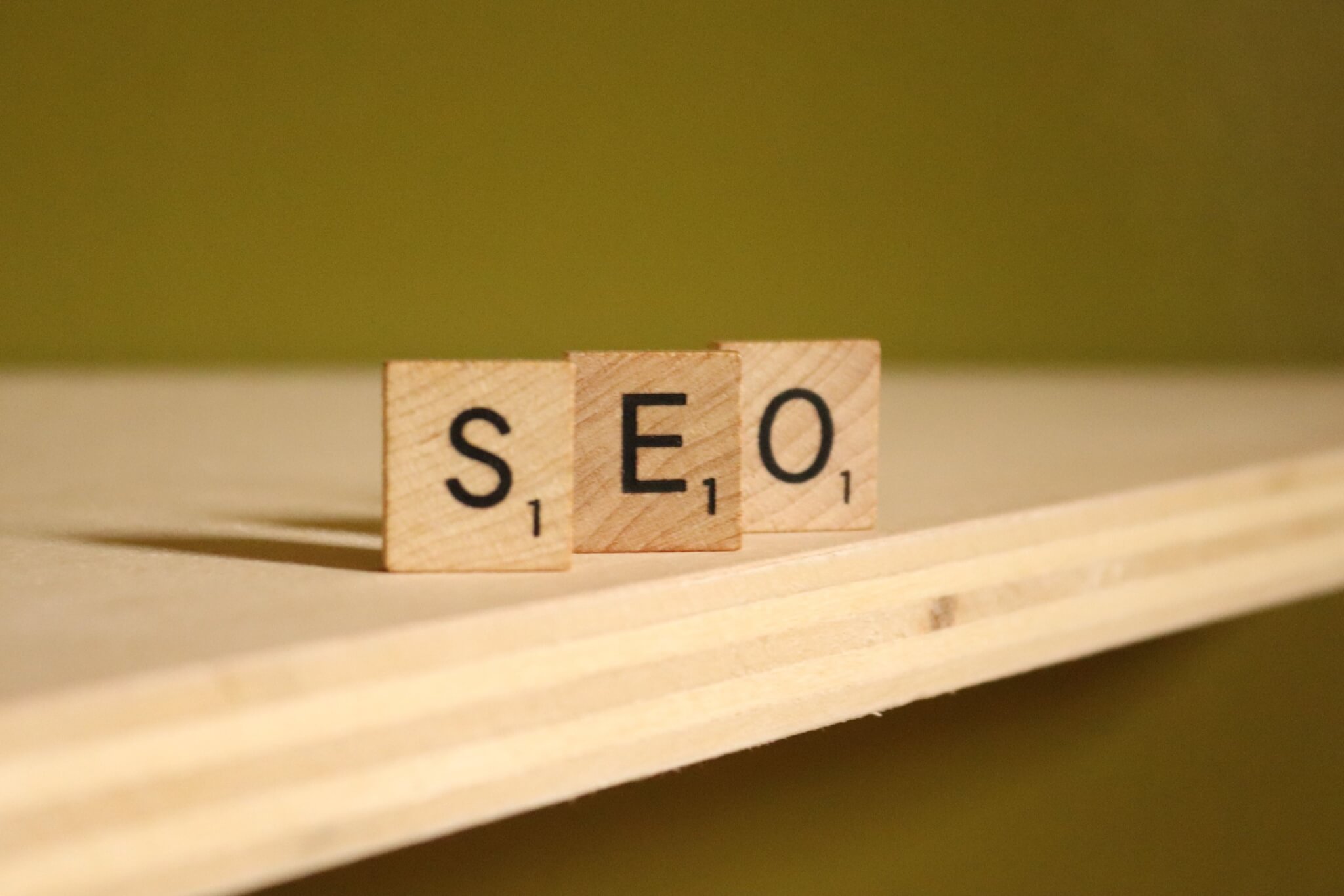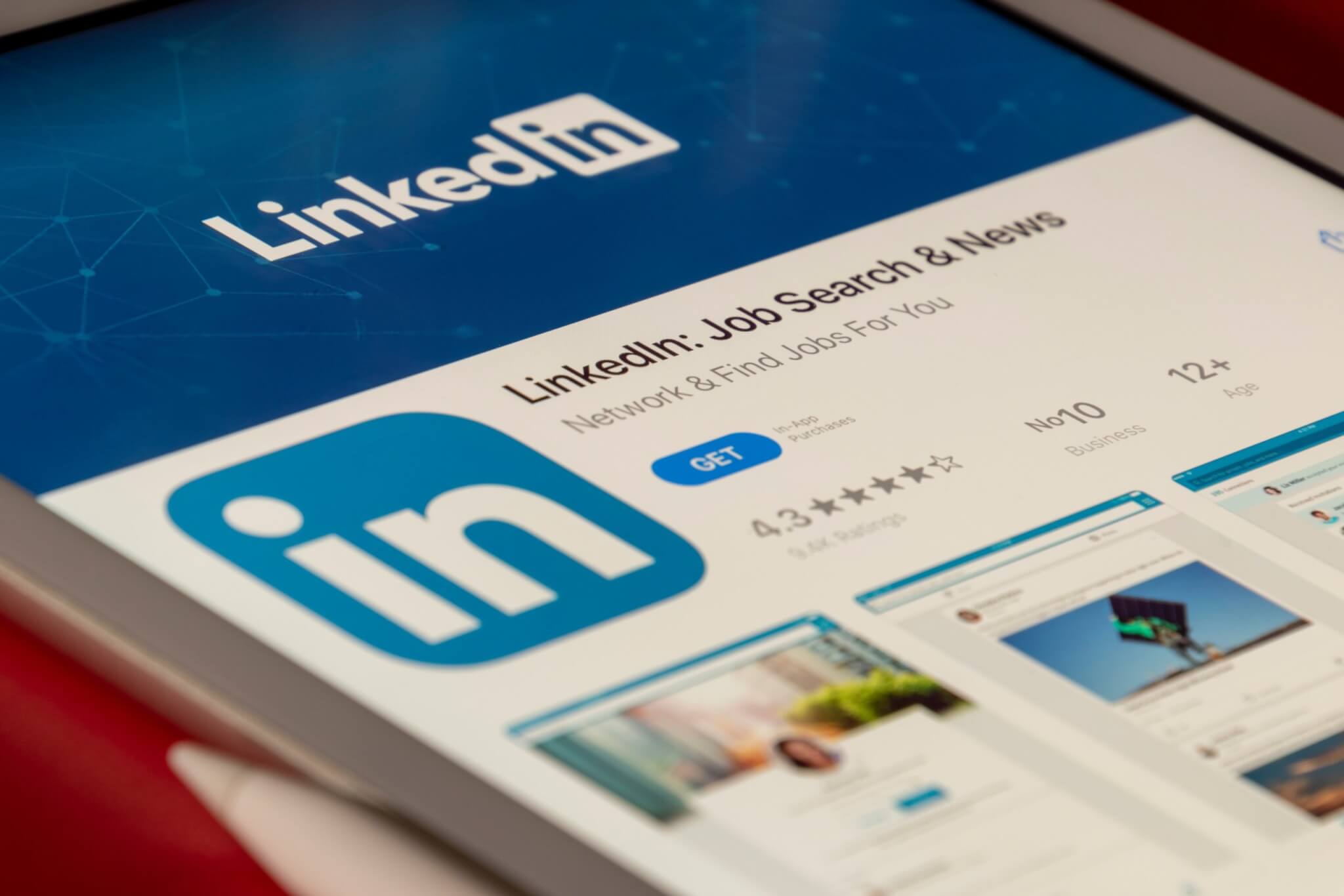With the world becoming more interconnected than ever, you’ll likely have stumbled upon websites before with different URLs calling out a certain country, for example, www.example.fr. These are known as country code top-level domains (ccTLD). But why might you need to use ccTLDs and how can they help your business reach the global marketplace?
What are ccTLDs?
ccTLD stands for country code Top-Level Domain and it indicates the country or location of a website. Each country has their own TLD code which is always two characters. When a website operates in multiple regions, it might opt for ccTLDs to differentiate from different versions of the site, rather than just using .com. ccTLDs send a strong signal to search engines that your website is optimised for that particular country.
Examples of ccTLDs
ccTLDs are fairly straightforward and we’ve bolded them in the examples below:
- France — http://www.sample.fr
- UK — http://www.sample.co.uk
- Germany — http://www.sample.co.de
When should ccTLDs be used?
ccTLDs are most commonly used to internationalise your web content and reach a wider audience from different regions. Using a ccTLD tells Google that your content is targeting a specific region, allowing you to expand your reach.
ccTLDs allow you to make the same content available in different languages and countries. For example, if you may have a UK site but want to target France, you can create a french website with the same content and a French-specific URL. This tells Google that the content isn’t duplicated but targets a different audience.
Another reason you may want to use ccTLDs is to make certain content only available to a specific country. For example, if you’ve produced content specifically for a German audience to attract more customers, you’ll only want that content to be seen on your .de site. This can be a great way to cater content specifically for regional audiences.
Why are ccTLDs important?
ccTLDs are extremely important as part of an international SEO strategy. Using a ccTLD is the strongest signal you can send search engines that your site content is specifically targeted to a country or region. When your site uses a ccTLD, Google assumes that your content is relevant to the geographical area of the ccTLD. This helps your content appear on the search engine results pages (SERPs) of different countries.
If you’re looking to expand the global reach of your website, then ccTLDs are a great strategy to implement.
What’s the difference between ccTLDs and gTLDs?
Generic Top-Level Domains (gTLDs) don’t target any particular country or location, they are neutral and examples could be ‘.com’, ‘.net’ and ’.org’. However, ccTLDs specify the area in which your website content is catered for. As a result, this impacts where your website appears in the SERPs. Whether you use a ccTLD or gTLD really depends on the goal of your website. If you wish to target specific regions, then ccTLDs are important.
When targeting countries as part of your international SEO strategy, ccTLDs are a great way to tell Google which regions your content is targeted towards. Providing unique content to different countries boosts your authority and can help you gain global business. Struggling to wrap your head around how ccTLDs could help your business? Consider international SEO services to help develop an effective strategy.




































